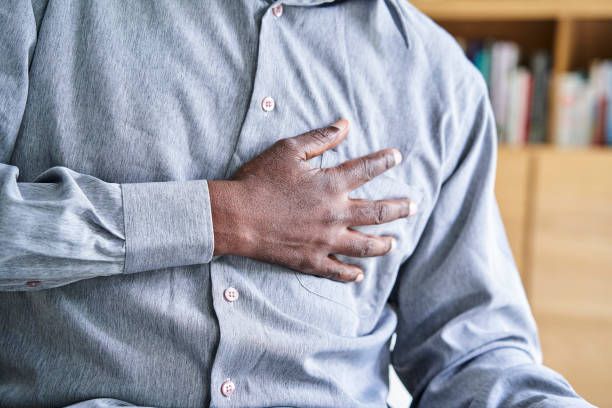India’s cities have witnessed a sharp increase in breathing disorders over the past decade. The air quality in metropolitan areas continues to deteriorate, and millions of people now struggle with chronic respiratory conditions. Children and elderly populations remain particularly vulnerable to these environmental threats. Hospitals across the country are recognising this urgent need and transforming their approach to addressing lung health management.
Understanding the Core Triggers
Environmental Pollution as a Primary Culprit: The role of a chest care centre Ranchi and similar facilities has become critical in managing pollution-related respiratory diseases. Industrial emissions, vehicle exhaust, and construction dust create a toxic mix that damages lung tissue over time. Patients arrive with symptoms ranging from persistent coughs to severe breathing difficulties that disrupt daily activities.
Smoking and Its Compounding Effects: The prevalence of tobacco use in urban centres adds another layer of complexity to respiratory health. Smoking weakens the medical care center infrastructure’s ability to treat patients efficiently as these individuals often present with multiple co-existing conditions. The combination of polluted air and nicotine exposure accelerates lung damage and increases hospitalisation rates significantly.
Post-Pandemic Respiratory Challenges
Long-Term COVID Complications: Many recovered COVID patients continue experiencing reduced lung capacity months after initial infection. Pulmonary fibrosis has emerged as a concerning post-viral complication that requires ongoing medical supervision. The scarring of lung tissue makes breathing laborious and patients often need rehabilitation programmes to regain normal function.
Increased Susceptibility to Infections: Previously healthy individuals now find themselves catching respiratory infections more frequently. The pandemic has left immune systems compromised and airways more reactive to irritants. Medical teams are documenting unusual patterns of recurrent bronchitis and pneumonia cases that demand sustained therapeutic interventions.
Hospital Response and Treatment Evolution
Advanced Diagnostic Capabilities: Modern facilities now employ high-resolution CT scans and spirometry testing to identify lung problems early. These tools help doctors pinpoint specific areas of damage and track disease progression accurately. Early detection significantly improves treatment outcomes and prevents conditions from advancing to critical stages.
Comprehensive Care Protocols: Treatment approaches now include:
- Personalised medication plans based on individual patient profiles
- Regular monitoring through follow-up consultations and diagnostic reviews
- Breathing exercises and physical therapy sessions for lung strength
- Nutritional guidance to support immune system function
Integrated Technology Solutions: Digital health records allow seamless coordination between specialists and primary care physicians. Telemedicine options enable patients in remote areas to access expert consultations without travel burdens. Real-time monitoring devices track oxygen levels and alert medical teams to deteriorating conditions before emergencies develop.
The respiratory health crisis in urban India demands immediate attention and sustained medical innovation. Specialised treatment centres are making remarkable progress in managing complex lung conditions through technology and evidence-based care protocols. If you experience persistent breathing difficulties or unexplained respiratory symptoms, seek professional evaluation promptly. Early intervention can prevent serious complications and restore your quality of life significantly.
Featured Image Source: https://media.gettyimages.com/id/1445792319/photo/close-up-shot-of-african-american-man-with-hand-on-chest.jpg?s=612×612&w=0&k=20&c=FD4CCEm_qo-wWB5G4q9ecxna0tDgnb7zRpkB62N5ZlE=
